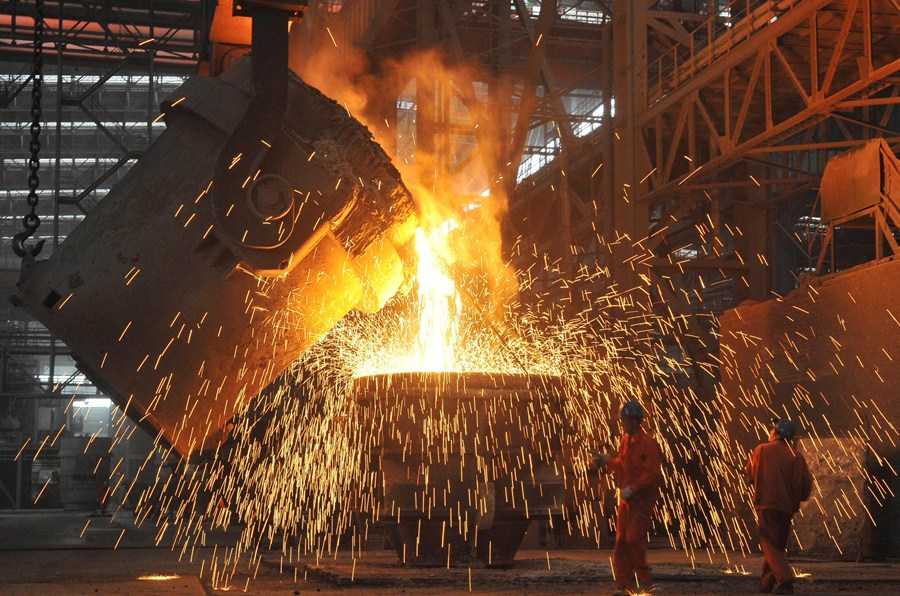RIO DE JANEIRO, BRAZIL – The season of first-quarter financial statements in Brazil came to an end this week. Overall, the numbers pleased the market, according to analysts from BTG Pactual in a report released on Wednesday, May 19.

The revenue, the operational cash flow (EBITDA) and the profit of the companies (excluding Petrobras and Vale) exceeded the bank’s projections for the period by about 2%, 8% and 24%, respectively. Qualitatively, 48% of companies posted better-than-expected results, while 11% came in lower than expected.
In the annual comparison, the analysts Carlos Sequeira and Osni Carfi pointed out that the net results were also strong, considering mainly the impact of the pandemic in the first quarter of last year.
“If we also consider that jobs in the country have not returned to their pre-pandemic levels, the companies’ performance in the quarter looks even more impressive,” they said.
The publicly traded companies (excluding Petrobras and Vale) had consolidated net revenue growth of 25% over the first three months of 2020, while EBITDA jumped 57%, and net income reached R$46 (US$8.66) billion, against a loss of R$3 billion in the same period last year.
The report highlighted domestic companies, which saw EBITDA grow 15% year-on-year and profit rise 88%. However, most of this expansion came from banks, which posted a R$6.9 billion surge in profit compared to the same period last year.
In terms of sectors, commodity companies are still in the lead, accounting for about 70% of all earnings growth. In this respect, the sector posting the largest profit growth in the period was the paper and pulp sector, with a total of R$14.3 billion, but a good part of this was due to very poor results last year.
In the case of revenue, the sectors that most boosted growth were food, metals and mining, and oil and gas. As most of these companies have their revenues tied to the dollar, the strong depreciation of the exchange rate (the dollar rose from R$4.46 to R$5.47 in one year) favored the numbers.
In the food sector, analysts Sequeira and Carfi also point out that growth came mainly from JBS and Marfrig, which, in addition to benefiting from the exchange rate, were also driven by positive beef price results in the United States.
In metals and mining, the historic high in iron ore prices also contributed to revenues. Taking Vale out of the picture, the companies reporting the highest revenue growth were Gerdau and CSN, with increases of R$7.1 billion and R$6.6 billion, respectively.
In the oil and gas sector, growth was driven mainly by Braskem, with a R$10.1 billion spike in revenues, benefiting from the improvement in petrochemical spreads at record levels. BR Distribuidora was up R$4.9 billion, due to the company’s large inventory gain after the increase in fuel prices.

